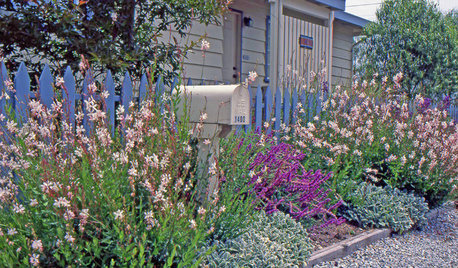My potted, home depot variety, gardenia vecchi, after growing well for 3 yrs are about to say bye-bye. In fact I've lost three of my five (potted house) plants in the last three months. They are now just bare twigs, sticking up from the pot.
I have 2 plants that are still viable, but they are loosing ground fast. I want to get as many cuttings going from these, before it is too late.
Part of the problem is I only see semi to hard wood. The tip of the stems, have some leaves, but there is very little soft wood, maybe an inch, before it goes to bark.
From the tip of the stem to about 4" down the bark, the wood is pliable. I guess this is my semi-hard wood?
The rest of the way down the pencil thick stem is very hard wood, with no leaves and would break if I tried to bend it. But I understand, that cuttings can even be made from this?
I'm assuming my best and probably only real way to get cuttings going is from the 4" growth, that includes the stem and woody bark that will still bend?
I have no idea why these plants are dying--but that's gardenias.
It does look like root rot, leaf tip burn, and iron chlorosis.
I was surprised though when a pH test showed the soil to be at 8! Last spring it was at 4.7.
The green leaves remaining, quickly show tip burn, then the leaf goes yellow, with green veins, the tip burn goes on down the now completely yellow leaf, and it falls off. Some of the new leaves only break, before they are burned away.
My watering is by misting, with an occasional watering of the soil.
After I mist, the next day, tip burn is showing. which I really don't understand. The plants are not outside, nor are they in sunlight, and my water is not vinegar--althoug the plants sure look like that's what I hit them with. When I tested the water, its pH is around 7.
I tried to amend the soil with agricult. sulfur, but it hasn't help (yet). So even if there wasn't root rot or tip burn (from where it comes, I don't know), with the soil at a pH >8, there's no way these plants are going to be healthy. --in an aside, anyone know how to acidify my misting water? I tried MS2O4, but that didn't seem to help.--
So, I don't, at least I don't think there is enough new growth to make a soft wood cutting. The stem (bark) though is pliable to about 4" down from the tip. I assume these 4" with yellowing leaves at the tip will be what I have to use for cuttings. This would be semi-hard cuttings?
I know there are tricks to help woody cuttings get going, but I don't know what they are, and especially how to handle gardenias, that everyone says are very easy to grow from cuttings.
Please come to my rescue on how to take and prepare these cuttings, so they have the best chance of survival. --this will probably be severe cutting back of the mother plants and not much will be left once the cuttings are taken.
I appreciate your help.
Bob











tcuser
sunslightOriginal Author
Related Professionals
Surprise Landscape Architects & Landscape Designers · Middle River Landscape Architects & Landscape Designers · Quincy Landscape Architects & Landscape Designers · River Forest Landscape Architects & Landscape Designers · Englewood Landscape Contractors · Euclid Landscape Contractors · Fort Wayne Landscape Contractors · Holland Landscape Contractors · Huntley Landscape Contractors · Lemay Landscape Contractors · Mastic Beach Landscape Contractors · Point Pleasant Landscape Contractors · River Ridge Landscape Contractors · Tigard Landscape Contractors · Irvington Landscape Contractorscalistoga_al ca 15 usda 9
sunslightOriginal Author
schmoo
sunslightOriginal Author
schmoo
echinaceamaniac
sunslightOriginal Author
sunslightOriginal Author
schmoo
echinaceamaniac
sunslightOriginal Author
echinaceamaniac
sunslightOriginal Author
echinaceamaniac
ladygreensleeves
echinaceamaniac